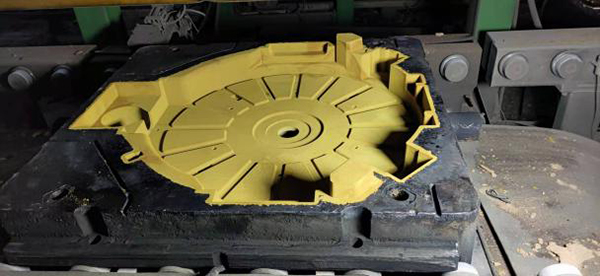Sand Casting Technology An Overview
Sand casting, one of the oldest and most versatile metal casting processes, has been a crucial manufacturing technique for centuries. It involves creating a mold from sand, into which molten metal is poured to form a desired shape. This process is widely used due to its ability to produce complex geometries, its cost-effectiveness, and the variety of materials that can be cast.
The process begins with the creation of a pattern, a replica of the final product, typically made from materials like wood, metal, or plastic. This pattern is then used to form a sand mold. The sand used in this process is usually mixed with a binding agent, such as clay or resin, to help it hold its shape. The mixture is compacted around the pattern to create a mold cavity. Once the mold is prepared, the pattern is removed, leaving behind a hollow cavity that replicates the shape of the original pattern.
One of the significant advantages of sand casting technology is its scalability. It is suitable for both small-scale production and large-scale manufacturing, making it ideal for various industries, including automotive, aerospace, and art. Additionally, sand casting can accommodate a wide range of metal alloys, such as ferrous and non-ferrous metals, allowing manufacturers to produce components with specific properties for different applications.
sand casting technology

Another key benefit is the low production cost associated with sand casting. The materials used for molds are inexpensive, and the process does not require extensive capital investment in specialized equipment. This makes it a favored option for producing prototypes or small batches of components before moving on to more automated processes.
However, sand casting is not without its challenges. The surface finish of cast parts can be rough, and additional machining may be necessary to achieve the desired finish or tolerance. Additionally, the process can be time-consuming, especially for larger components.
In conclusion, sand casting technology remains a vital method in modern manufacturing. Its ability to produce intricate designs, coupled with cost-effectiveness and versatility, ensures its continued relevance across various industries. With advancements in materials and techniques, the future of sand casting looks promising, potentially leading to improved efficiencies and even broader applications.
Post time:نوفمبر . 02, 2024 19:14
Next:resin coated sand
